When I moved from San Ramon to Tracy, I brought all of my house plants with me. Then after four months in the new house, a central House Fire Sprinkler line exploded. The force of the water damaged 75% of the house. My plants, even those that survived the initial explosion, suffered during the rebuild. I lost several significant plants. One was a fern that had been my grandmother’s.
I didn’t replace everything immediately; I took my time, hoping to be a good plant parent. However, I began noticing some signs of stress in some of my plants. So I downloaded the APP, Plantin on my iPhone, which deciphers problems with plants and gives you some recommendations. The issues identified were pretty typical, the usual incorrect watering and one that surprised me, inadequate light.
I thought that I had placed my plants in perfect locations. I read the directions for care and put them in the proper light in exposure, but the light was not sufficient. So I began thinking about adding grow lights.

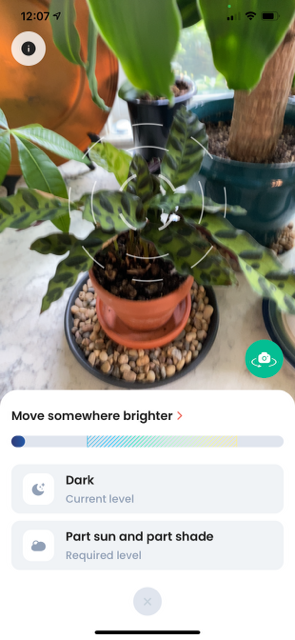

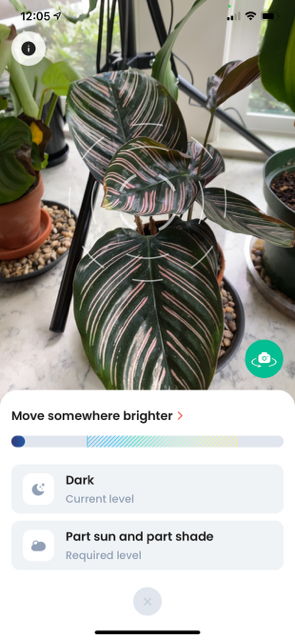
I began researching trusted plant care websites and YouTube videos for plant information grow lights and possible recommendations. Does it bug you that it seems that everyone on YouTube is an expert, and everything they do is perfect? Where are the bunglers’ like me? Anyway, eventually, I logged on to Amazon (my answer to everything these days) to view their grow lights and read the comments. Finally, I selected a grow light that I thought had the options that I needed.
- It had a Full Spectrum of light, including Red and Blue light. “The red lights promote photosynthesis. The blue lights ensure that plants absorb more energy through the synthesis of chlorophyll. The Full Spectrum lights promote plant cell growth and germination.”
- The stand could be extended to a height well above my plants.
- The flexible goosenecks would allow me to adjust the lighting angle and the distance from the plant.
- It had a timer, and I could have the timer set to run for a set period each day.

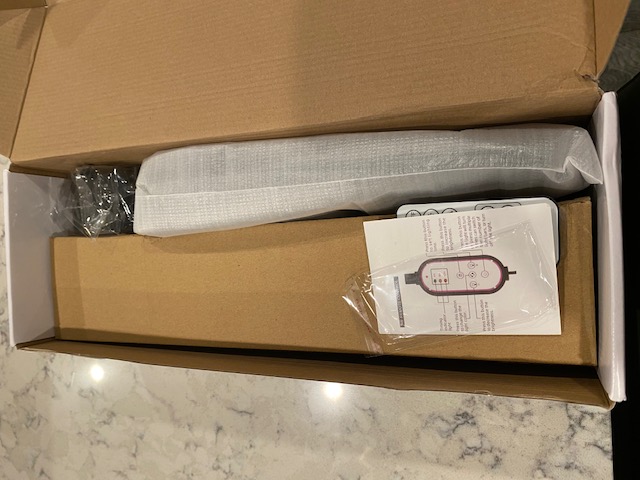



The Grow Light arrived in pieces and required assembly. Once assembled, I removed all of my needy plants and cleaned the area.

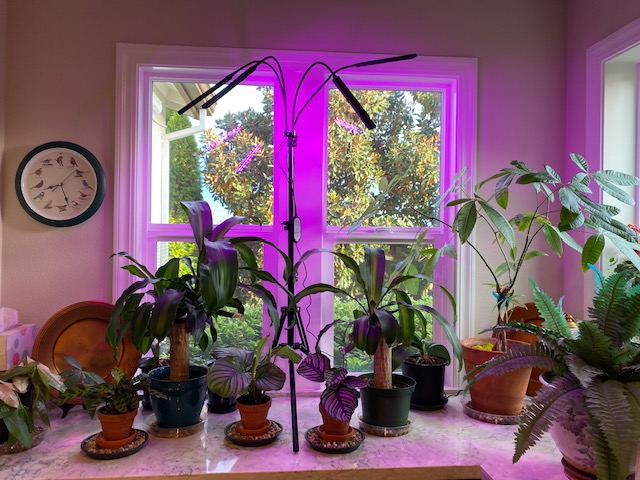
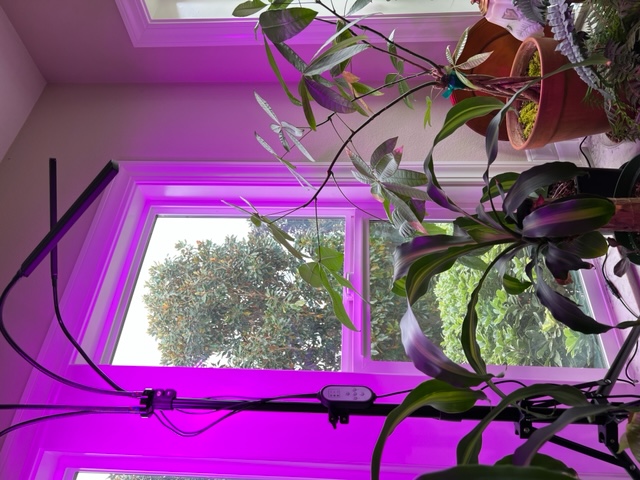


The purple color is a result of the Blue and Red lights. As I stated earlier, the red lights promote photosynthesis. The blue lights ensure that plants absorb more energy through the synthesis of chlorophyll. Take a moment to look at these photos carefully. Each image shows subtle plant movement towards the lights.
It is too soon to determine the long-term benefit of the Grow Light, but I am surprised that the leaves on the plants are responding and leaning towards the Red and Blue light.
I will keep you posted on my progress and the health of the plants. Also, if you have any suggestions, please let me know.
